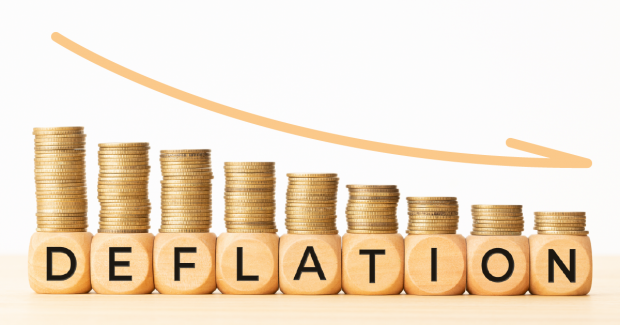
Breaking News
 Trump DEPLOYS Election Monitors To Blue States, Democrats SCREAM RIGGED ELECTION
Trump DEPLOYS Election Monitors To Blue States, Democrats SCREAM RIGGED ELECTION
 Tucker Carlson: The Nick Fuentes Interview
Tucker Carlson: The Nick Fuentes Interview
 President Trump Needs to Turn Attention to Our Problems
President Trump Needs to Turn Attention to Our Problems
Top Tech News
 Graphene Dream Becomes a Reality as Miracle Material Enters Production for Better Chips, Batteries
Graphene Dream Becomes a Reality as Miracle Material Enters Production for Better Chips, Batteries
 Virtual Fencing May Allow Thousands More Cattle to Be Ranched on Land Rather Than in Barns
Virtual Fencing May Allow Thousands More Cattle to Be Ranched on Land Rather Than in Barns
 Prominent Personalities Sign Letter Seeking Ban On 'Development Of Superintelligence'
Prominent Personalities Sign Letter Seeking Ban On 'Development Of Superintelligence'
 Why 'Mirror Life' Is Causing Some Genetic Scientists To Freak Out
Why 'Mirror Life' Is Causing Some Genetic Scientists To Freak Out
 Retina e-paper promises screens 'visually indistinguishable from reality'
Retina e-paper promises screens 'visually indistinguishable from reality'
 Scientists baffled as interstellar visitor appears to reverse thrust before vanishing behind the sun
Scientists baffled as interstellar visitor appears to reverse thrust before vanishing behind the sun
 Future of Satellite of Direct to Cellphone
Future of Satellite of Direct to Cellphone
 Amazon goes nuclear with new modular reactor plant
Amazon goes nuclear with new modular reactor plant
 China Is Making 800-Mile EV Batteries. Here's Why America Can't Have Them
China Is Making 800-Mile EV Batteries. Here's Why America Can't Have Them
Grinding Down Into Deflation: The National Debt Disaster No One Is Talking About

I suggested that stagflation would become a household word again and that the majority of American concerns would revolve around rising prices coupled with stagnant wages and falling production. In 2018 in my article 'Stagflationary Crisis: USA's Ongoing Collapse, Understanding The Cause' I noted:
"Years ago there was a rather idiotic battle between financial analysts over what the end result of the Fed's massive stimulus measures would be. One side argued that deflation would be the outcome and that no amount of Fed printing would overtake the vast black hole of debt conjured by the derivatives implosion. The other side argued that the Fed would continue to print perpetually, resorting to QE4 or possibly "QE infinity" and negative interest rates as a means to stave off a market crash for decades (like Japan) while at the same time initiating a Weimar-style inflationary bonanza.
Both sides were wrong because they refused to acknowledge the third option – stagflation."
The process of stagflation is difficult to track because there are multiple paths that it can take, many of them largely dependent on the whims of the central bank and its policy decisions. All we can really do is look back at the limited number of historic examples and guess at what will happen next. In the 1970s, stagflation nearly crushed the country with inflation rising by 7% to over 14% per year for a decade while the general public eventually faced high unemployment.
When I hear Zennials complain about being born into the "worst economy ever," I have to laugh because they really have no clue. The 1970s was FAR worse in terms of erosion of buying power as well as overall poverty. If you look at film footage and photos of urban areas from LA to NY to Philadelphia during that time, many parts of these cities looked like bombed out war zones. The country was truly on the edge of disaster.
In the early 1980s, the Federal Reserve jacked interest rates up to over 20% – This stopped the inflation crisis but triggered a deflationary plunge that would sit like a giant boulder on the chest of the American consumer and small business owners for years to come. My own grandfather lost millions in his trucking and freight company during the rate spike; many people lost their businesses and homes.

 XAI Releases Grokipedia 0.1
XAI Releases Grokipedia 0.1
 China Innovates: Transforming Sand into Paper
China Innovates: Transforming Sand into Paper

